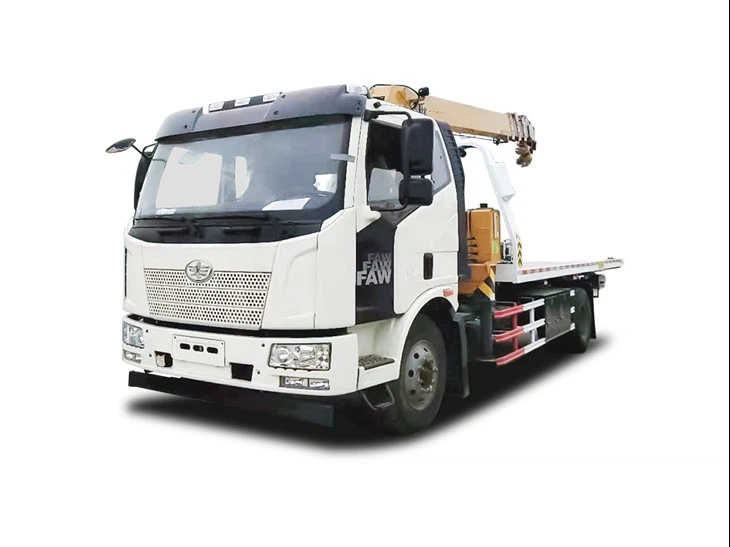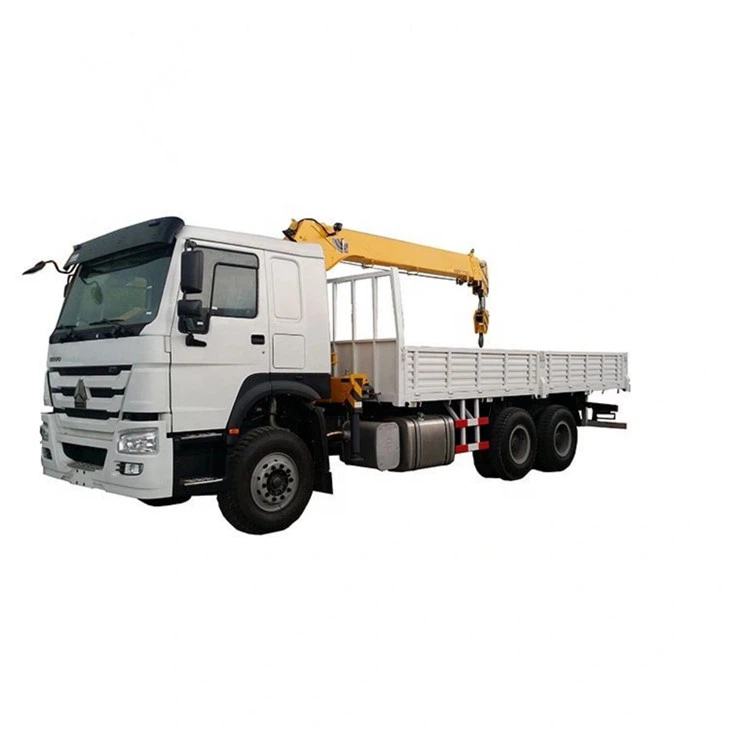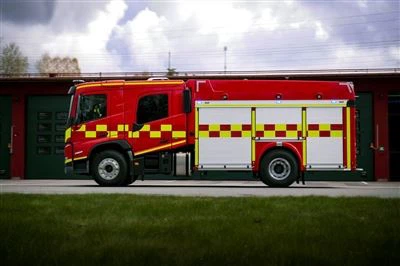Understanding Pickup Cab Sizes: A Comprehensive Guide

When it comes to choosing the perfect pickup truck, understanding the various cab sizes is crucial. Pickup cab sizes not only affect the vehicle’s look but also its functionality and comfort. In this article, we’ll explore pickup cab sizes, their features, benefits, and much more, to help you make an informed decision when buying or renting a pickup truck. From regular cabs to crew cabs, we’ll navigate through the options available in the market.
What Are Pickup Cab Sizes?
Pickup cab sizes refer to the different configurations used in pickup trucks that determine the amount of space available for passengers and cargo. These sizes impact the truck’s utility and comfort, catering to various needs from daily commuting to heavy-duty work.
Common Cab Sizes: An Overview
Regular Cab
The regular cab, also known as a standard cab, is characterized by two doors and typically has seating for two to three passengers. This cab size is ideal for those who prioritize cargo space over passenger capacity.
Features of Regular Cabs
- Two doors for easy access to the front seats.
- Usually has the longest bed length for maximum cargo space.
- More affordable than larger cab sizes.
Best Uses for Regular Cabs

Regular cabs are best suited for work tasks requiring larger cargo capacities or for individuals who don’t need to transport many passengers.
Extended Cab
The extended cab, or super cab, features additional rear seating space accessed by rear-hinged doors. This cab size comfortably accommodates up to four people but has limited legroom in the back.
Characteristics of Extended Cabs
- Two front doors and smaller, rear-hinged doors
- Extra seating capacity without sacrificing too much cargo space
- More versatile for small families or work crews
Ideal Scenarios for Extended Cabs
Extended cabs work well for families who need extra seats or for those who sometimes have additional passengers but primarily require a work-oriented vehicle.
Crew Cab
Crew cabs are designed for maximum passenger comfort, featuring four full-sized doors and seating for five or more individuals. This cab style combines passenger and cargo capabilities, appealing to those who need both.
Benefits of Crew Cabs
- Full-size rear doors for easy access to rear seats.
- Ample legroom and comfort for all passengers.
- Often available with various bed lengths.
When to Choose a Crew Cab
Crew cabs are ideal for families, individuals with multiple passengers, or anyone needing a multifunctional vehicle that can handle both people and cargo effectively.
Comparing Cab Sizes: A Visual Guide
| Cab Type | Passenger Capacity | Typical Bed Length | Advantages |
|---|---|---|---|
| Regular Cab | 2-3 | 5.5 – 8 feet | Max cargo space, lower price |
| Extended Cab | 4 | 5.5 – 6.5 feet | More versatility, still good cargo space |
| Crew Cab | 5-6 | 5.5 – 6.5 feet | Spacious for passengers and cargo |
Practical Examples and Tips for Choosing the Right Cab Size
Assess Your Needs
Consider how you will mainly use your pickup. If it’s primarily for work purposes where you’re hauling materials, a regular cab might be sufficient. However, if you often transport family or friends, a crew cab will be more comfortable.
Think About Your Lifestyle
For those with a busy family life or active lifestyles, a crew cab offers more room for kids, pets, and sports gear. Regular cabs could work better for single users or those with occasional passenger needs.
Consider Fuel Economy
Sometimes, smaller cabs like regular cabs offer better fuel efficiency compared to larger models. If fuel costs are a concern, you might want to lean toward the cab size that offers the best balance of capacity and efficiency.
Check Bed Length Options
Pickup trucks come in varying total lengths. While longer beds provide more cargo space, they may reduce maneuverability. Make sure to check the availability of bed lengths that fit your needs alongside cab sizes.
Test Drive Different Models
Nothing beats firsthand experience. Visit dealerships to sit in different cab sizes and take them for a test drive. This will give you a better feel for passenger space and overall comfort.
Impact of Cab Size on Truck Features
Interior Features
Different cab sizes come with various interior amenities. For instance, crew cabs often feature modern technologies and comfort options that may not be available in more basic models.

Safety Ratings
Safety ratings can vary by cab size. Research the latest ratings of specific models to find the safest options for families or work-related travel.
Future Trends in Pickup Cab Sizes
As pickup trucks have become increasingly versatile, manufacturers are continually adapting cab sizes to meet consumer demand. Electric pickup trucks are also making their way into the market, and it’s essential to understand how these might fit into the cab size conversation.
Frequently Asked Questions (FAQs)
1. What is the best cab size for a family?
The crew cab is often the best choice for families, as it has ample seating and legroom, making it comfortable for longer trips.
2. Do regular cabs have more towing capacity?
Regular cabs typically allow for a longer truck bed, which can improve overall towing capacity, but towing capability also depends on the truck’s engine and build.
3. Are extended cabs worth the extra cost?
Extended cabs offer more versatility, making them worth the cost if you regularly transport more than one passenger or need additional space for gear.
4. How do I determine what cab size is right for me?
Consider factors like passenger needs, cargo requirements, and everyday use. A regular cab may be ideal for work, while a crew cab suits family needs better.

5. Can I modify my pickup cab size later?
While modifying a cab size can be difficult and often impractical, some trucks can have their storage or seating configurations adjusted to meet changing needs.
6. Are there any new technologies affecting pickup cab sizes?
Yes, as technology advances, cab sizes may evolve to accommodate features like larger infotainment systems or advanced safety equipment, impacting overall design.
